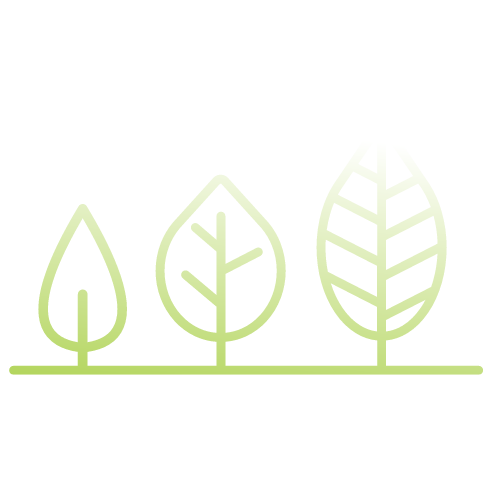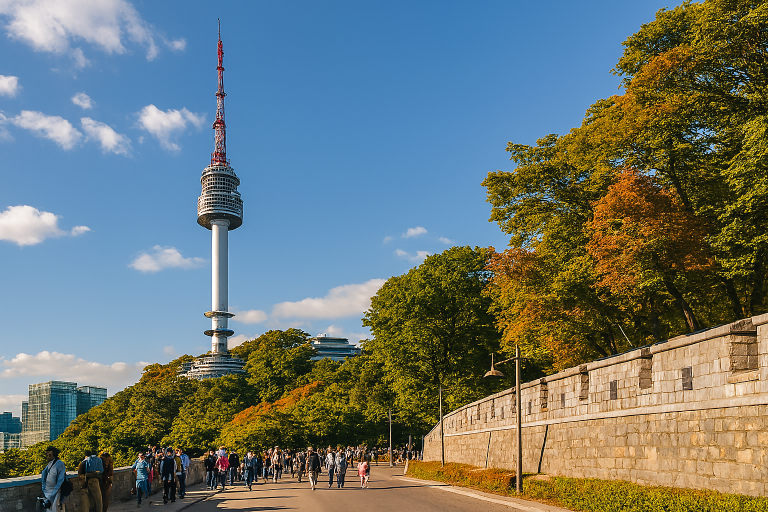Do you ever wonder what goes in your recycling bin? Well, wonder no more! In this article, we’ll provide you with a thorough and informative guide on what common household items can be recycled. From paper and cardboard products to plastic containers and packaging, as well as metal cans and glass bottles, you’ll learn exactly what belongs in your recycling bin. So, get ready to make a positive impact on the environment by recycling the right way!
Common Household Items
You can place common household items in a recycling bin using the guidelines provided. Recycling benefits the environment by reducing waste and conserving resources. The recycling process begins when you place items like plastic containers, glass bottles, and aluminum cans in the recycling bin. These materials are then collected and sorted at a recycling facility. The sorting process involves separating the different types of materials so they can be processed correctly. Once sorted, the materials are cleaned and processed into raw materials that can be used to create new products. For example, plastic bottles can be recycled into new plastic bottles or other plastic products. Glass bottles can be melted down and made into new glass bottles or used in construction materials. Aluminum cans can be melted and used to make new cans or other aluminum products. By recycling common household items, you are helping to conserve resources and reduce the amount of waste that ends up in landfills. Make sure to follow the guidelines provided to ensure that you are recycling correctly and maximizing the benefits of recycling.
Paper and Cardboard Products
Paper and cardboard products can also be placed in your recycling bin to help conserve resources and reduce waste. Recycling these materials not only benefits the environment but also supports the creation of new products. The recycling process for paper and cardboard involves several steps, including collection, sorting, and processing. Let’s take a closer look at each of these stages:
- Collection: You can place paper and cardboard products, such as newspapers, magazines, cardboard boxes, and office paper, in your recycling bin. Make sure to remove any plastic or metal components, such as plastic windows on envelopes or metal clips on folders.
- Sorting: Once collected, the paper and cardboard materials are transported to a recycling facility where they are sorted based on their type and quality. This step ensures that only suitable materials are used for recycling.
- Processing: After sorting, the paper and cardboard are processed to remove any contaminants, such as ink or adhesives. The materials are then shredded into small pieces and mixed with water to create pulp. This pulp is then cleaned, refined, and formed into new paper and cardboard products.
Plastic Containers and Packaging
When recycling, it is important to include plastic containers and packaging in your bin. Plastic recycling options are essential for reducing the impact of plastic pollution on the environment. Plastic is a versatile material, used in a wide range of products such as bottles, food containers, and packaging materials. However, its durability and resistance to degradation mean that it can take hundreds of years to decompose, leading to significant environmental issues.
Plastic containers and packaging can be recycled into a variety of new products, reducing the need for virgin plastic production. Commonly recycled plastics include PET (polyethylene terephthalate), HDPE (high-density polyethylene), and LDPE (low-density polyethylene). These plastics can be sorted, cleaned, and processed into pellets or flakes, which can then be used to make new plastic products such as bottles, containers, and even clothing.
By recycling plastic containers and packaging, you are helping to conserve resources, reduce energy consumption, and decrease greenhouse gas emissions. Additionally, recycling reduces the amount of plastic waste that ends up in landfills or pollutes our oceans and natural habitats. It is crucial to follow your local recycling guidelines to ensure that the plastic items you place in your bin are suitable for recycling. This includes emptying and rinsing containers and removing any non-recyclable components such as caps or labels.
Metal Cans and Glass Bottles
To continue addressing the various items that should go in a recycling bin, it is important to include metal cans and glass bottles as well. Recycling these materials not only benefits the environment but also contributes to the overall recycling process. Here are some key points to keep in mind when recycling metal cans and glass bottles:
- Metal cans: These include aluminum cans from beverages and food containers made of steel. When you recycle metal cans, you help conserve natural resources and reduce energy consumption. Recycling aluminum cans, for example, saves up to 95% of the energy needed to produce new aluminum from raw materials. Remember to rinse out the cans before placing them in the recycling bin.
- Glass bottles: Glass recycling is essential because it reduces the need for new raw materials and saves energy in the manufacturing process. Recycling glass also helps to reduce landfill waste. It’s important to separate glass bottles by color – clear, green, and brown – to ensure that they can be properly recycled.


